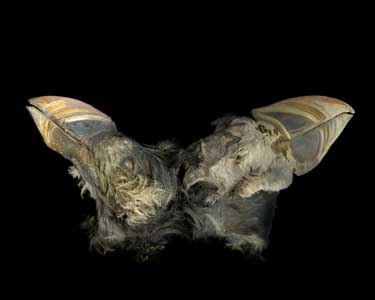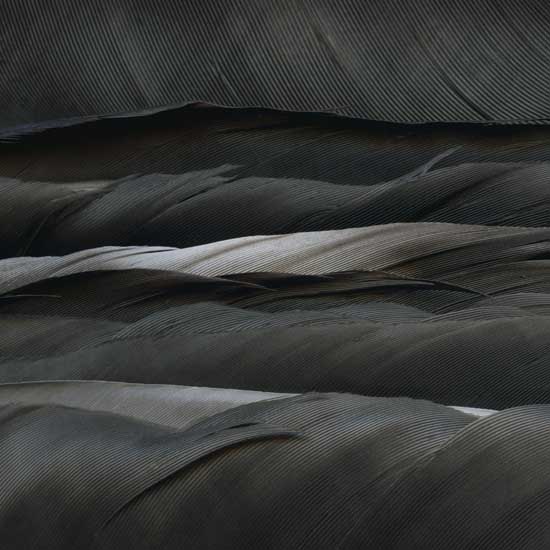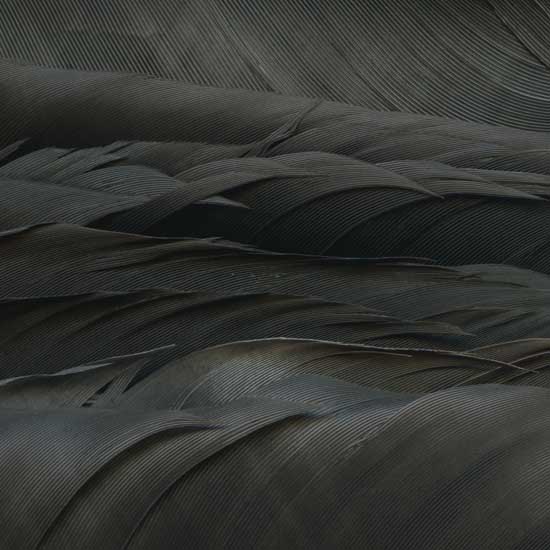A Happy New Year to everyone who subscribes to Dark Matters, and also to those who drop by.
Over the last month I have been considering the role of beauty in my images. Some of my recent work has been created to be intentionally beautiful, with warm seductive colours, even when the subject matter, upon closer inspection, has been far from that. Often I have found that it takes a whole raft of things (such as colour, saturation, texture and shape) before something feels that way, and of course beauty is such a personal and subjective quality.
As I have previously alluded to, I have wrestled with “beauty” for many years, and the elephant in the room only gets larger as time goes by. Sometimes I conveniently forget that this mysterious concept was one of the reasons I began to photograph in the 1990’s, inspired by the wild nature of the North-West Highlands of Scotland.
In an effort to better describe what I do, I re-read Robert Adams’ essays in his book “Beauty in Photography”, and he says this…
“…the word beauty is in practice unavoidable. Its very centrality accounts, in fact, for my decision to photograph. There appeared a quality – Beauty seemed the only appropriate word for it – in certain photographs and paintings that opened my eyes, and I was compelled to learn to live with the vocabulary of this new sight, though for year I still found it embarrassing to use the word Beauty, even while believing in it”.
I fully understand his illogical embarrassment, and even recently allowing colour back into my own pictures felt like a dangerous step towards beauty, and worse towards “pretty”. Although these terms are often unavoidable in any visual art.
Adams goes on to say, “If the proper goal of art is, as I now believe, Beauty, the Beauty that concerns me is that of Form. Beauty is, in my view, a synonym for the coherence and structure underlying life….William Carlos Williams said that poets write for a single reason – to give witness to splendor… It is a useful word, especially for a photographer, because it implies light – light of overwhelming intensity. The Form towards which art points is of an incontrovertible brilliance, but it is also far too intense to examine directly. We are compelled to understand Form by its fragmentary reflection in the daily objects around us; art will never fully define light.”
Adams mention of light here is important, as it was that which really motivated me to pick up a camera all those years ago. How many times have we photographers stood outdoors, and commented “look at the light”, or merely “waited for the light”, even leaving a location because “the light was poor”. And often we do this with an amazing landscape around us, as if that by itself was not enough for us, as if that was the insignificant part and not what we came for, merely a stage for the light to sweep across, for it to make beautiful.
Perhaps as Robert Adams suggests it is light that is at the root of all this, somehow inseparable from what we describe as beauty. It is light that allows us to see shape and form, it defines line and texture; yet it is even more elusive, as we can never even begin to describe its intensity (or splendour) within an image.
Robert Adams – “Beauty in Photography: Essays in Defense of Traditional Values”. Published by Aperture



Enjoyed your comments on light and the landscape. When I first started painting landscapes in France with watercolor, I would document the place with my camera. I remember waiting for good days of sunshine for particular places I wanted to paint, ignoring the mood change on cloudy days as not desirable lighting for a painting. I think we look for “a perfect” sight and then try to capture it when we are really moved by the sight before us as the present lighting presents it to us. Your words and Robert Adams’ describe it better than I can.
Richard – thanks for your comment. I agree that it is our emotional response to what light reveals in front of us that makes us want to try and capture the feeling of that moment. Rarely do I end up with a picture that shows even a small part of those sensations, but I keep trying!
Roger